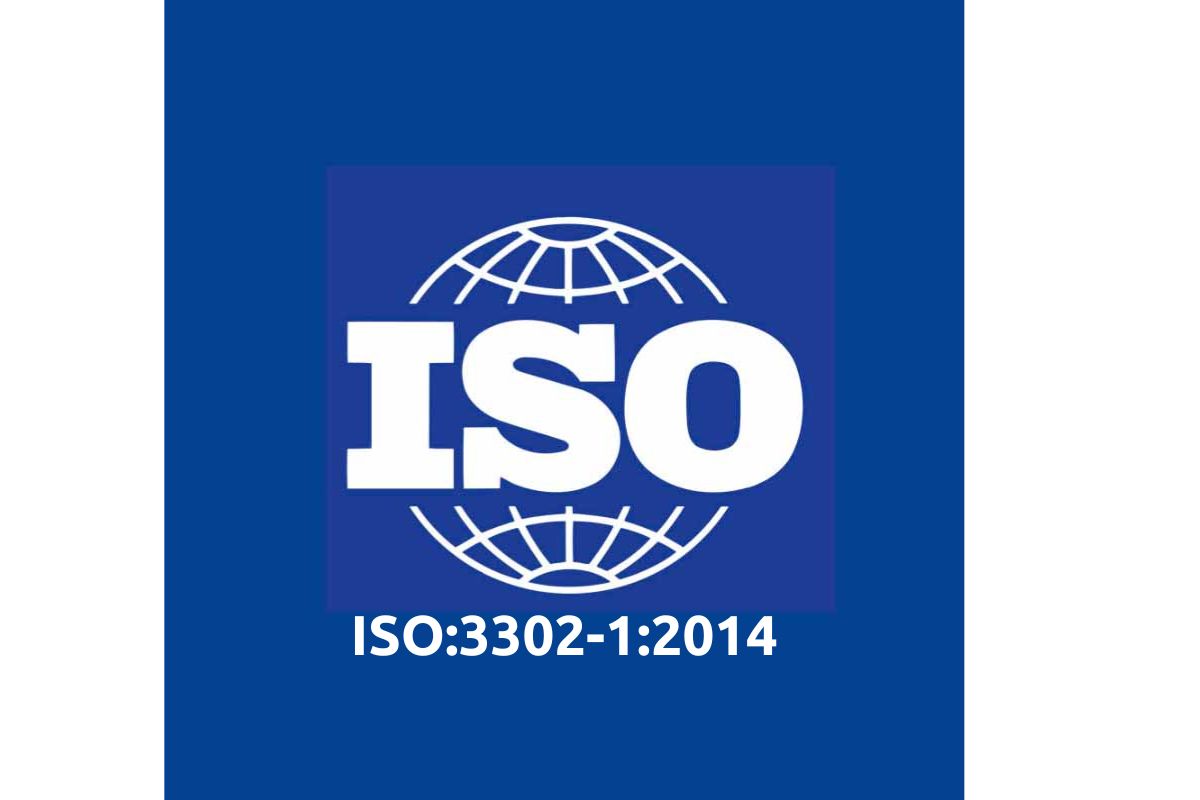O-rings are mechanical gaskets typically used in sealing applications to prevent leakage of liquids or gases between two mating surfaces. These elastomeric seals come in various sizes and materials, and ensuring their dimensional accuracy is crucial for effective sealing performance. This is where standards such as ISO 3601 play a vital role.
What is ISO 3601?
ISO 3601 is an international standard that specifies the tolerances for O-rings in terms of their inside diameter, outside diameter, cross-sectional diameter, and permissible variations. It provides a comprehensive framework for manufacturers, engineers, and users to ensure interchangeability and compatibility of O-rings across different applications and industries.
Key Elements of ISO 3601 Tolerances
Inside Diameter (ID) The inside diameter tolerance dictates the acceptable deviation from the nominal inside diameter of the O-ring. This tolerance ensures that the O-ring fits snugly around the shaft or within the housing it is intended to seal.
Outside Diameter (OD) Similar to the inside diameter, the outside diameter tolerance specifies the permissible deviation from the nominal outside diameter of the O-ring. This tolerance is crucial for ensuring proper fit and compression when the O-ring is installed in its application.
Cross-Sectional Diameter (CS) The cross-sectional diameter tolerance refers to the acceptable deviation from the nominal cross-sectional diameter of the O-ring. It ensures uniform compression and sealing performance along the circumference of the O-ring.
Permissible Variations ISO 3601 also outlines the permissible variations in dimensions for different classes of O-rings. These variations take into account factors such as material properties, manufacturing processes, and intended applications.

Importance of O-rings according to ISO 3601 Tolerances
Interchangeability By adhering to ISO 3601 tolerances, O-rings from different manufacturers can be used interchangeably, simplifying procurement and replacement processes for users.
Consistent Performance Tight tolerances ensure consistent sealing performance across various operating conditions, such as temperature fluctuations, pressure changes, and chemical exposures.
Reliability Dimensional accuracy is critical for the reliability and longevity of O-ring seals. ISO 3601 helps maintain the quality and reliability of O-rings by setting clear standards for tolerances.
Compatibility Standardized tolerances enable O-rings to be compatible with a wide range of mating surfaces and sealing configurations, promoting versatility and adaptability in different applications.
Conclusion
ISO 3601 tolerances play a pivotal role in ensuring the dimensional accuracy, interchangeability, and reliability of O-ring seals. By adhering to these standards, manufacturers and users can achieve consistent sealing performance and enhance the overall reliability of their mechanical systems.
In the realm of precision engineering, where accuracy is paramount, extruded o-ring cord stock emerges as the preferred solution for applications where molded o-rings may not suffice. Here at O-ring-stocks.eu, we recognize the criticality of maintaining consistent quality across all facets of our products, including their cross-sectional tolerances.
While extrusion offers manifold advantages, ensuring uniform thickness along the cord's length presents its own set of challenges. Unlike molded o-rings, which benefit from the precision afforded by compression or injection molding techniques, extruded cords may exhibit minor deviations. To counteract this variability, the Association for Rubber Products Manufacturers (ARPM) has established industry-recognized standards for the cross-sectional tolerances of extruded rubber o-ring cord.

These standards, delineated in the 7th edition (2015) Rubber Handbook for Molded, Extruded, Lathe-Cut, and Cellular Products, classify tolerances into three distinct classes:
At O-ring-stocks.eu, our commitment to quality is unwavering. As such, we mandate that all our factories adhere strictly to manufacturing o-ring cord stock with High Precision (E1) tolerances. However, acknowledging the inherent tendencies of rubber cord to expand and contract, we assure our customers that all cord supplied by us will meet Precision (E2) tolerances.
For our NBR, EPDM, and FKM o-ring cord, renowned for their exceptional properties, we ensure compliance with the stringent High Precision (E1) specifications. Additionally, our factory tolerances exceed even these rigorous standards, allowing us to cater to the most demanding requirements. Conversely, for VMQ o-ring cord, we guarantee adherence to Precision (E2) tolerances, ensuring reliability and consistency in every product.